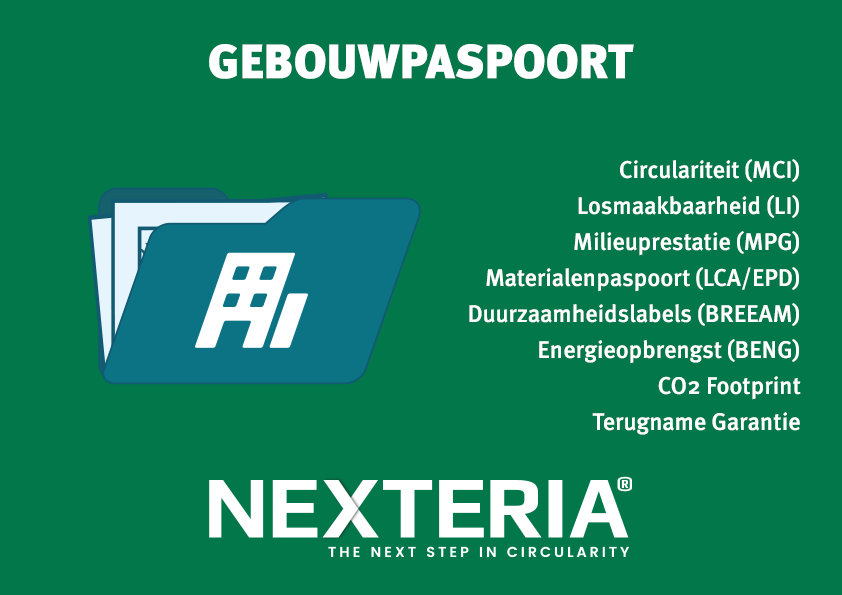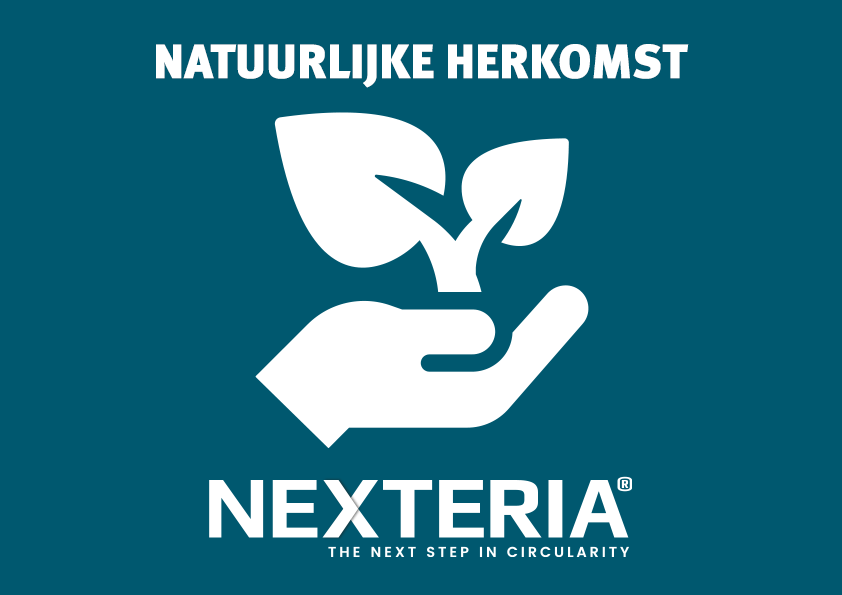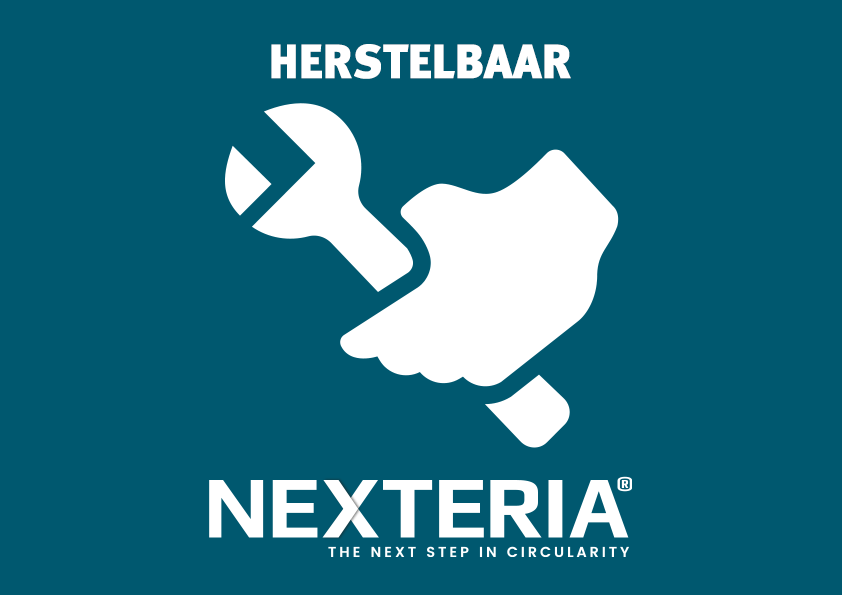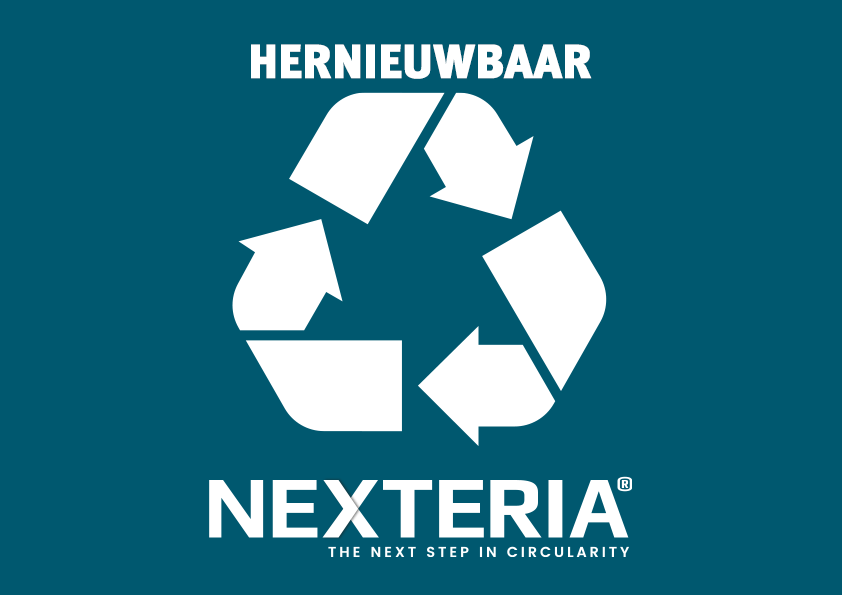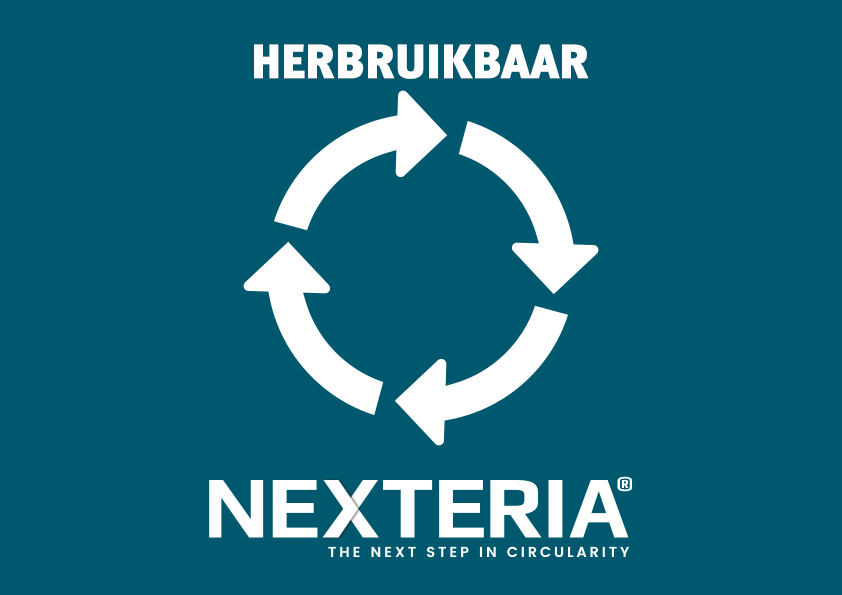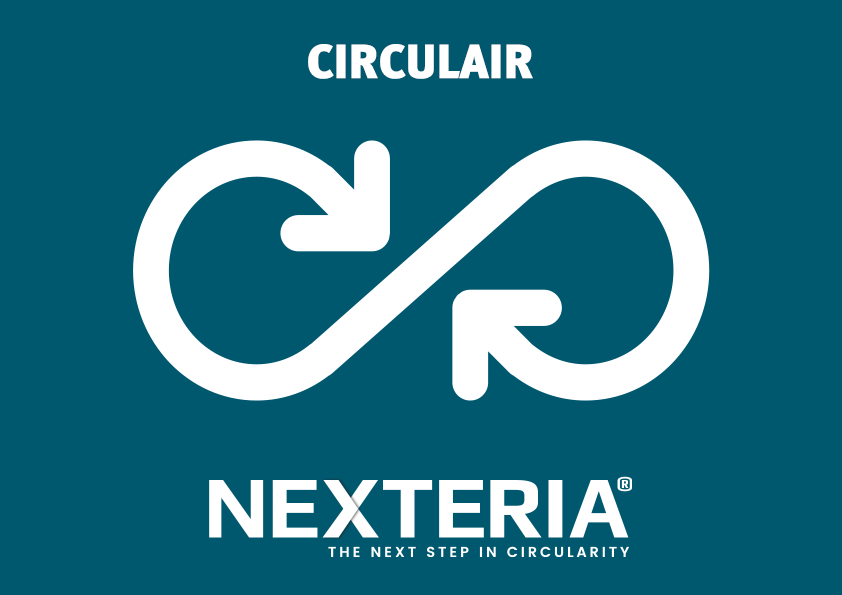Back
Insight into circularity of an industrial property
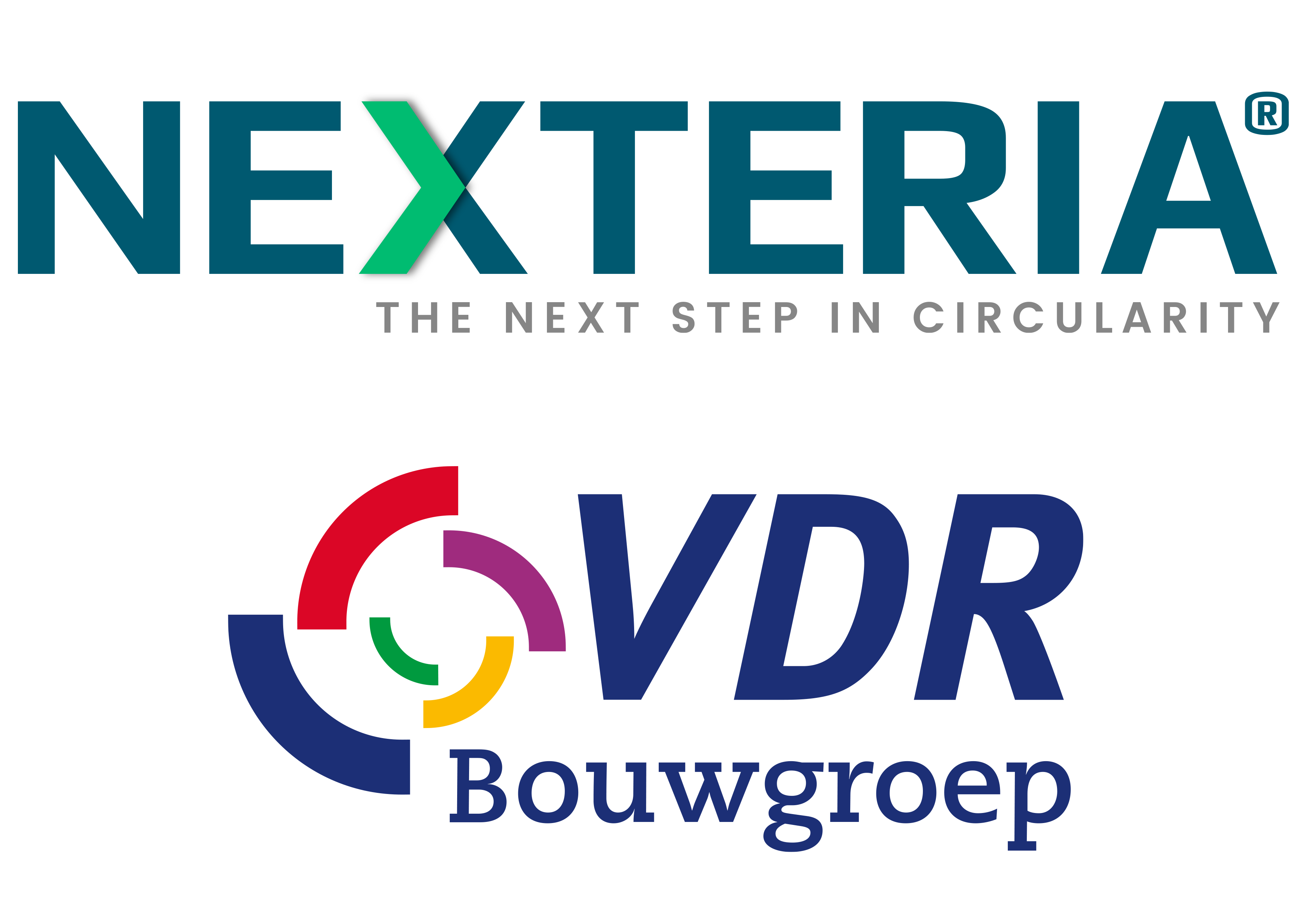
NEXTERIA is an initiative of VDR Bouwgroep from Deventer and has taken important steps in proving the degree of circularity of its buildings. The request to NIBE was to assess both the environmental impact and the circularity of the NEXTERIA industrial hall. This is welcomed by NIBE; circularity should not be one goal in itself, but is a way to achieve a more sustainable building, which can be assessed through its environmental impact.
Learning from practice
The MCI has been around for a while at the end of 2019 and is gaining acceptance as a measurement method of circularity. The few MCI calculations that have been made up to that point do not involve a logistics warehouse for the time being. At the same time, the calculation methodology for detachability is still being developed at that time. For NEXTERIA and NIBE this was a good reason to join forces and make a full calculation of the NEXTERIA pilot building. Based on the concrete case, experience was gained with the differences between the theoretical calculation methods and the practice of a building project.
To get a good idea of the effect of the sustainable and circular choices made by NEXTERIA, the design of the pilot building was also delivered according to the traditional building method. NIBE then calculated the environmental impact, circularity and detachability, for both the circular industrial hall and the reference industrial hall.
The importance of LCA's
One of the points of interest that NIBE made visible during the calculations was the importance of the input of data from the National Environmental Database (NMD). For example, the NMD is used as a source for the MPG calculation and partly for the MCI calculation. Because for some applied innovative circular products of the NEXTERIA pilot building no company- or branch specific LCA's are included in the NMD yet (category 1 or 2), for these products generic products (category 3) had to be used for the calculation, for which the NMD charges a surcharge of 30%. This assumption has a negative impact on the final scores and does not do justice to the circular value of the materials actually used. It is our belief that both the MCI and the MPG will become even more favorable compared to traditional products, once the LCAs of these products are included in the NMD.
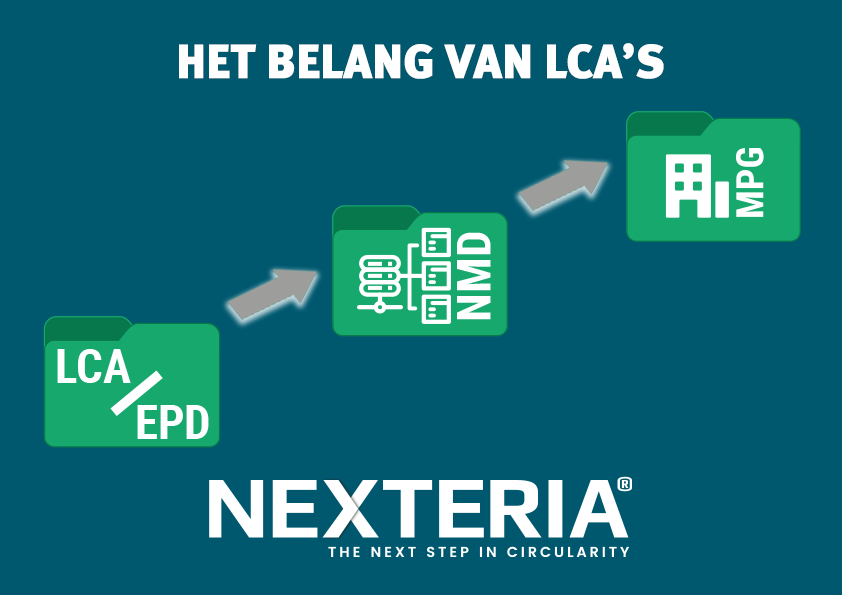
This underlines the importance for suppliers of circular products to have the Life Cycle Analysis performed and available in the NMD.
The follow-up
The insights and advice NIBE has given us on the NEXTERIA pilot building were immediate reasons to continue the collaboration in 2021. Together with the client for the construction of a 40,000m2 DC, NIBE and NEXTERIA will calculate the design calculations of this building on the Dissolution Index and the Materials Circularity Index.
This collaboration goes beyond just calculating. NIBE joins various consultations and supports NEXTERIA and the client in several areas in the selection process. Suppliers of building components and installations are also involved, in order to jointly arrive at the best circular choices. All this forms the guideline for the NEXTERIA Building Passport of which, after completion of construction, the MCI and LI will be tested and validated by NIBE. Together, all parties in this process draw valuable lessons for future projects.
Result
The intensive collaboration with NIBE in 2019/2020 and the follow-up in 2021 has led to a reliable insight into the degree of circularity and sustainability of a building. By merging the validated values for the Materials Circularity Index (MCI), the Loosenability Index (LI) and the Environmental Performance of Buildings (MPG) with other sustainability indicators into one collection document (the NEXTERIA Building Passport), the concept of a circular building becomes concrete and insight is gained into the value and environmental impact of all materials used.
The NEXTERIA Building Passport further features the material passport, a disassembly plan, take-back guarantees and sustainability certificates. In this way, the Building Passport offers building owners certainty about the sustainability and circularity of their premises.
